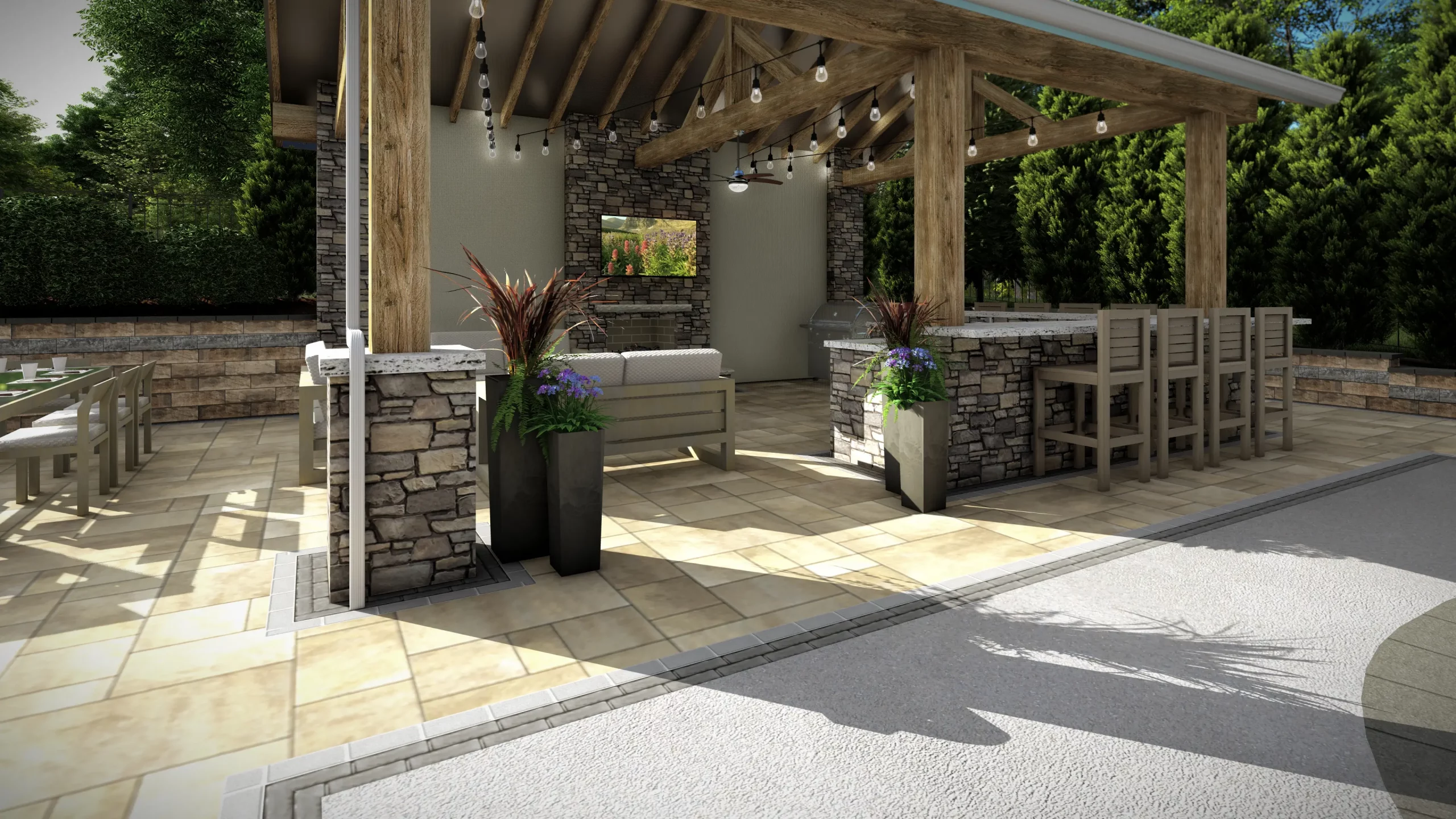When it comes to choosing materials for architectural and landscaping projects, the options are vast and varied. Corten steel, with its distinctive rust-like appearance and robust properties, is often a top choice. But how does it stack up against other materials like stainless steel, aluminum, and traditional painted steel? Let’s dive into a detailed comparison to help you make an informed decision for your next project.
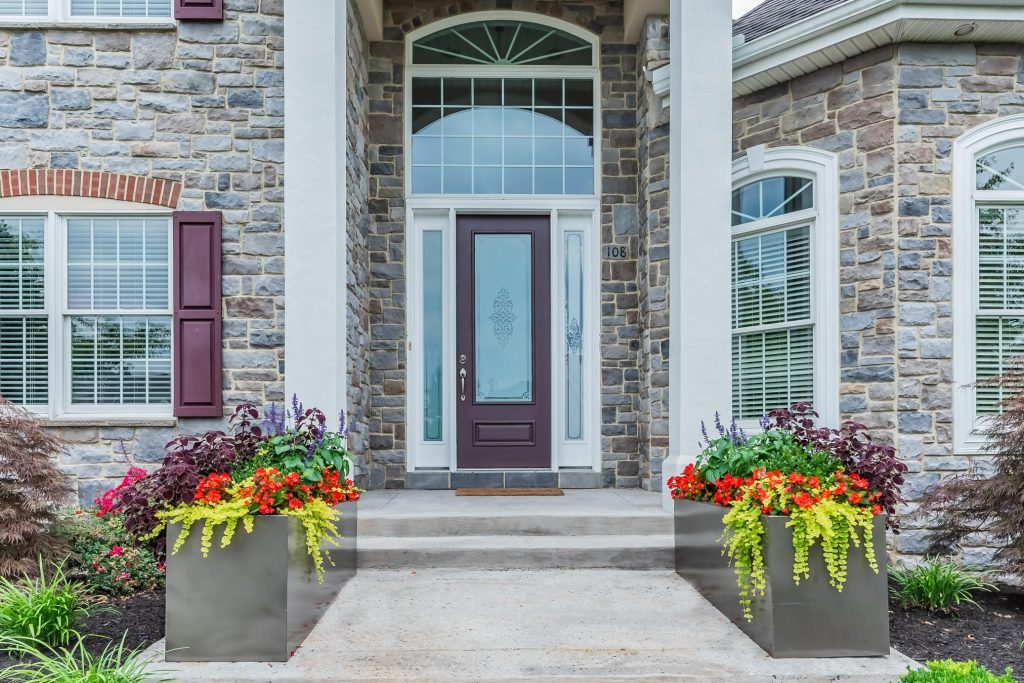
1. Aesthetic Appeal
Corten Steel: Corten steel is renowned for its unique weathered look, which evolves over time to form a stable, rust-like appearance. This patina not only adds to its visual appeal but also protects the steel from further corrosion. It’s a favorite in contemporary and industrial design for its warm, earthy tones and textured surface.
Stainless Steel: Stainless steel offers a sleek, polished finish that exudes modernity and sophistication. Its reflective surface can make spaces feel larger and more open. However, it can show fingerprints and smudges, requiring regular cleaning to maintain its pristine look.
Aluminum: Aluminum is versatile in its finishes, ranging from brushed and anodized to painted options. It doesn’t rust, making it ideal for a clean, low-maintenance look. However, it may not offer the same depth of character as Corten steel.
Traditional Painted Steel: Painted steel can be customized in any color, providing flexibility in design. However, the paint can chip and peel over time, especially in harsh weather conditions, leading to a need for regular maintenance.
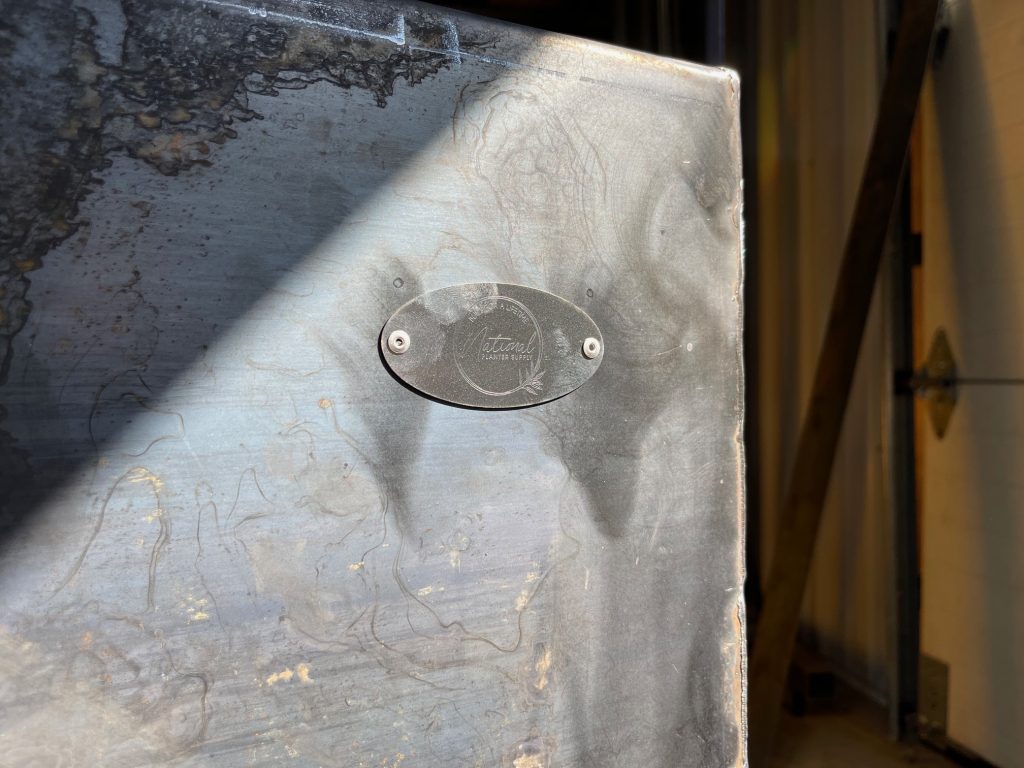
2. Durability and Maintenance
Corten Steel: Corten steel is designed to be low-maintenance. Once it forms its protective patina, it requires little to no upkeep. Its durability makes it suitable for outdoor applications, where it can withstand varying weather conditions without deteriorating.
Stainless Steel: Stainless steel is highly durable and resistant to rust and corrosion. It’s often used in environments where hygiene is crucial, like kitchens and medical facilities. However, it requires regular cleaning to maintain its appearance, especially in outdoor settings where it can show water spots and grime.
Aluminum: Aluminum is lightweight yet strong and highly resistant to corrosion. It doesn’t rust, making it a good choice for coastal and humid environments. It’s also relatively low-maintenance but can be prone to dents and scratches.
Traditional Painted Steel: While durable, painted steel requires periodic maintenance to address issues like rust spots, chipping, and peeling paint. It’s less resistant to weathering compared to Corten and stainless steel.
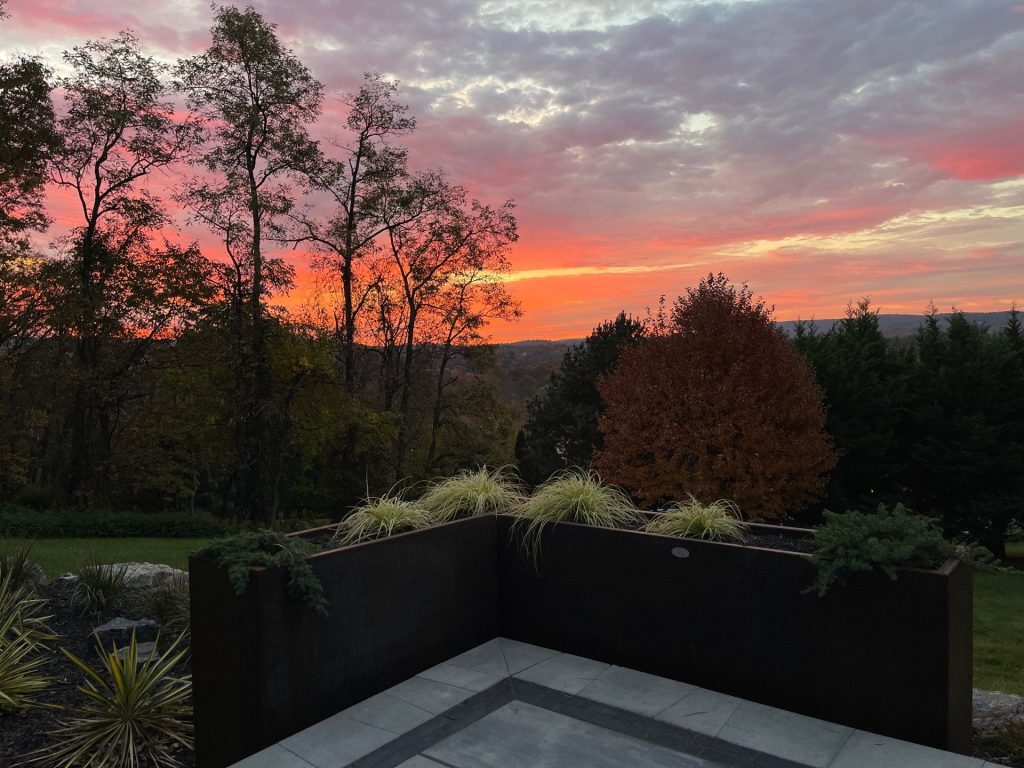
3. Environmental Impact
Corten Steel: Corten steel is considered eco-friendly due to its longevity and low maintenance requirements. Its natural weathering process eliminates the need for paint or chemical treatments, reducing environmental impact.
Stainless Steel: Stainless steel is recyclable and has a long lifespan, making it a sustainable choice. However, its production process can be energy-intensive and has a higher carbon footprint compared to Corten steel.
Aluminum: Aluminum is highly recyclable and lightweight, reducing transportation energy costs. However, its extraction and production process can be environmentally taxing, involving significant energy consumption and greenhouse gas emissions.
Traditional Painted Steel: Painted steel can be recycled, but the paint and coatings used can introduce chemicals into the environment. Regular repainting also means more use of resources over the material’s lifespan.
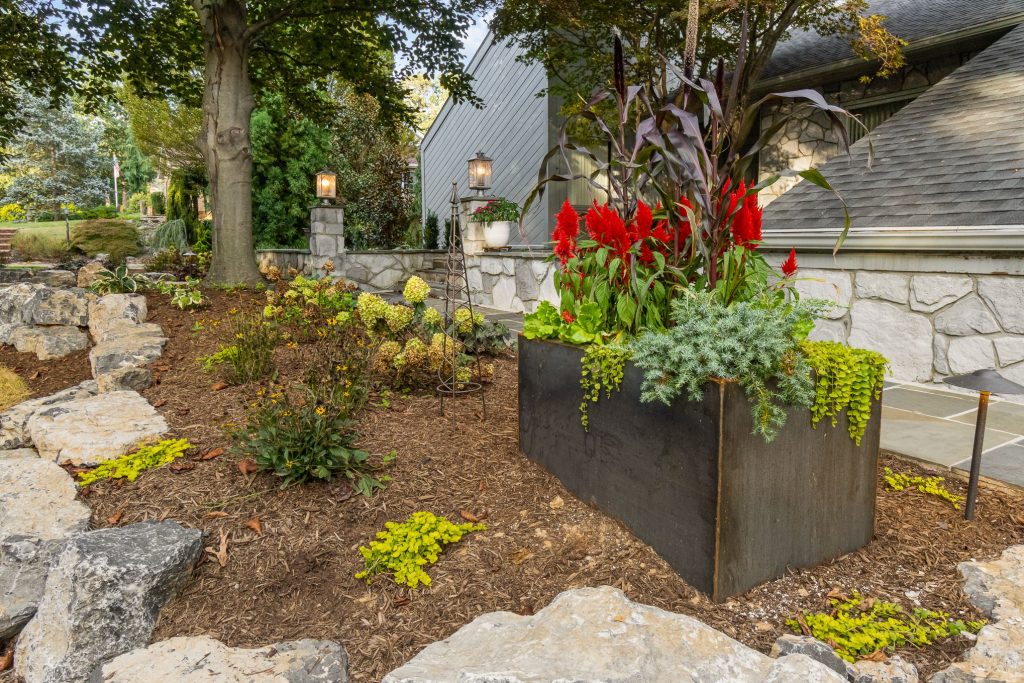
4. Cost
Corten Steel: Corten steel is typically more expensive upfront than traditional painted steel but offers savings over time due to its low maintenance needs. Its unique appearance can also add value to a property.
Stainless Steel: Stainless steel tends to be the most expensive option due to its superior durability and resistance to corrosion. It’s an investment that pays off in high-traffic or high-moisture environments.
Aluminum: Aluminum is generally more affordable than stainless steel but can be more expensive than painted steel. Its lightweight nature can reduce transportation and installation costs.
Traditional Painted Steel: Painted steel is often the most cost-effective option initially. However, ongoing maintenance costs can add up, making it potentially more expensive in the long run.
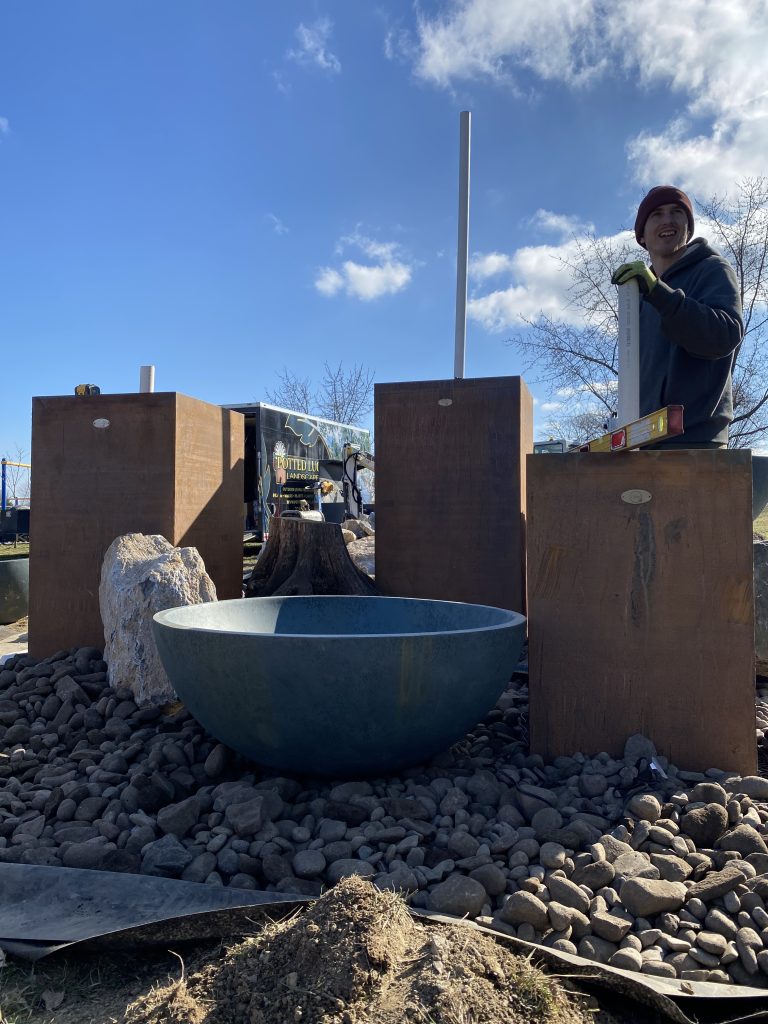
Conclusion
Choosing the right material for your project depends on various factors, including aesthetics, durability, environmental impact, and cost. Corten steel stands out for its unique weathered look, low maintenance, and eco-friendly properties. However, stainless steel, aluminum, and traditional painted steel each offer their own advantages.
- For a distinctive, low-maintenance option: Corten steel is ideal.
- For a modern, sleek finish with high durability: Stainless steel is the best choice.
- For a lightweight, corrosion-resistant material: Aluminum is the way to go.
- For a customizable, cost-effective solution: Traditional painted steel works well, keeping in mind the maintenance needs.
Consider your project’s specific requirements and aesthetic goals to make the best choice. Each material has its strengths, and understanding these can help you achieve the perfect balance of form and function in your design.
